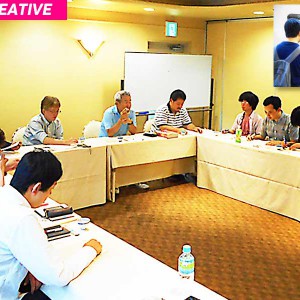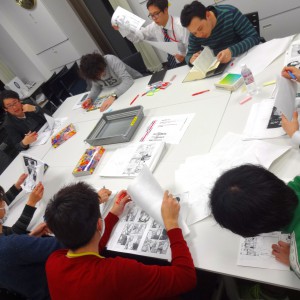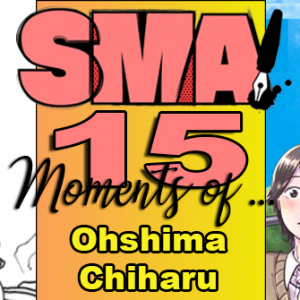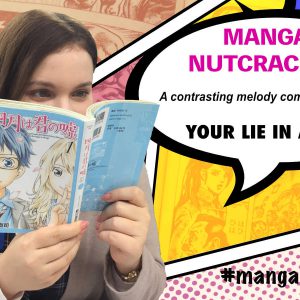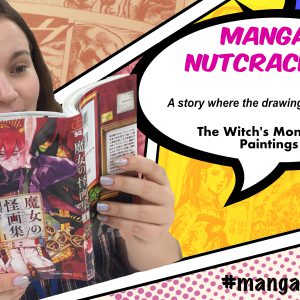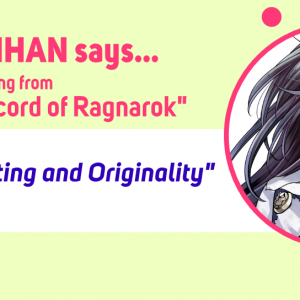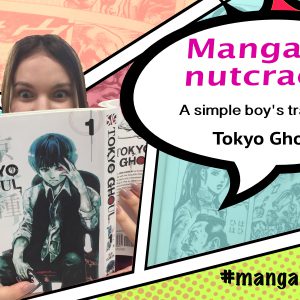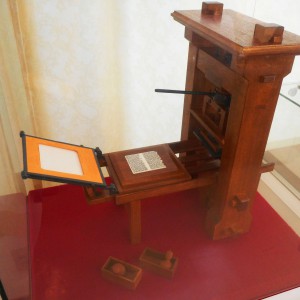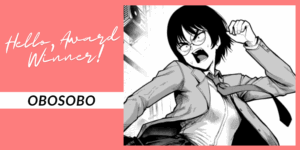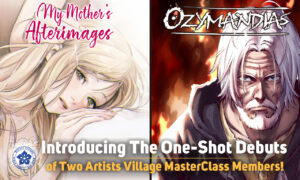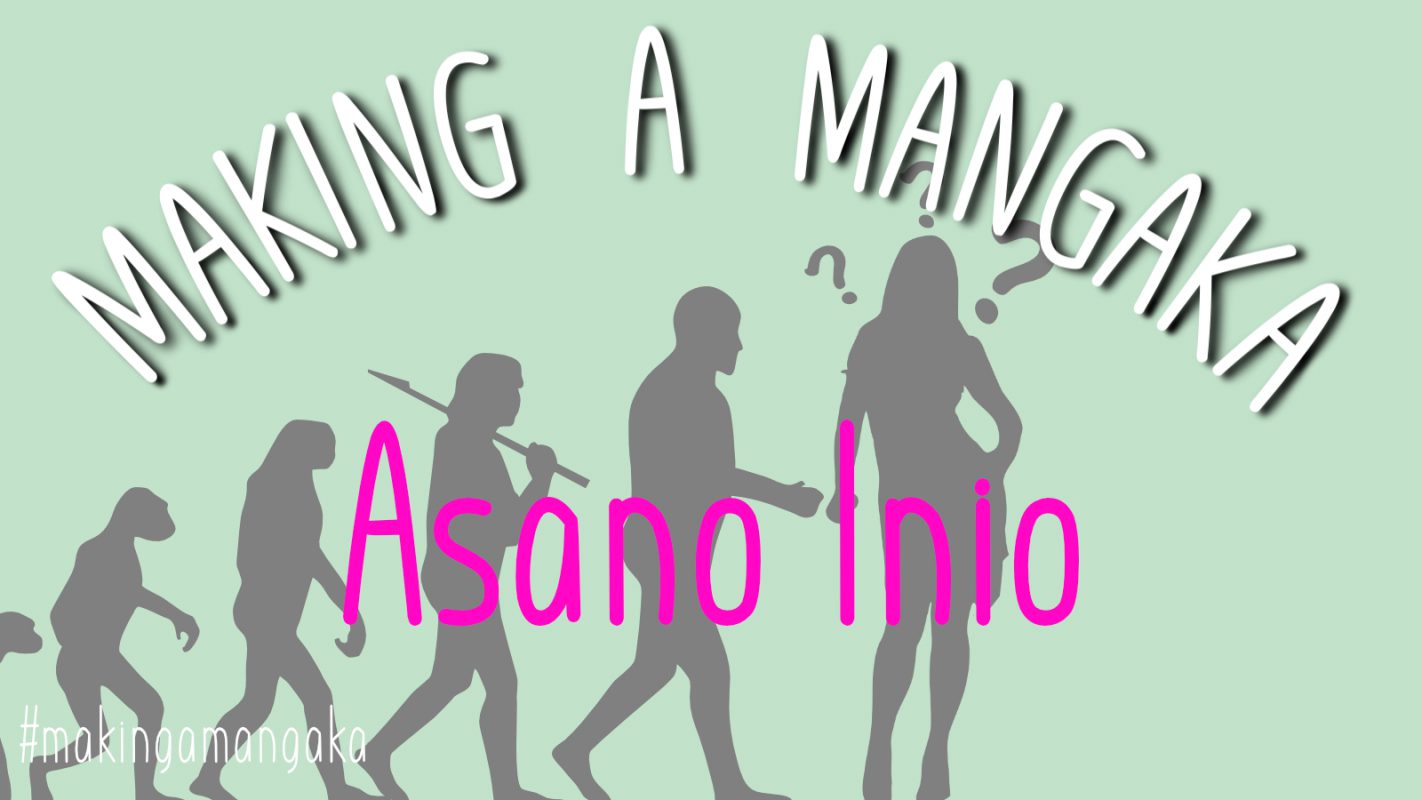
“The voice of his generation”, Inio Asano has built a career to rival the greatest poets and musicians of our age. By transforming the personal struggles of his youth into beautifully melancholic manga, Asano has gifted the world his own unique take on pain, isolation and depression, and provided a lifeline to disenfranchised youth everywhere.
Name: Inio Asano (浅野 いにお Asano Inio)
Born: September 22, 1980
Place of Birth: Ishioka, Ibaraki Prefecture, Japan
Speciality: A difficult Slice of Life.

ABOUT…
Growing up in Ibaraki Prefecture, Inio Asano struggled with a childhood beset by gloom and worrying bouts of melancholy. Known as a frail and fragile boy, the troubled child found an escape from the overpowering environment he found himself in by reading manga.
Discovering the work of Tamakichi Sakura, manga artist and lead designer of the Super Mario Adventures, Inio’s life forever changed. Through Sakura’s work, the sensitive boy soon realized that manga wasn’t just a form of entertainment, it was a tool to provide support by effectively giving a voice to the maelstrom of emotions we all suffer.
Growing into adolescences, Inio immersed himself in manga. From the surrealist works of Yoshiharu Tsuge to the folklore infused stories of Shigeru Mizuki, his high school years was a time of great influence that allowed him to develop the themes and styles that would filter into much of his later work.
Debuting at the age of 17, followed by winning the GX competition in 2001, Asano gained a reputation as a creator with depth and feeling, earning praise from readers and contemporaries alike. Indeed, so impactful is his body of work, the Yomiuri Shimbun (Yomiuri newspaper) fondly described Inio Asano as “the voice of his generation [sic]”. A weighty title it may be, but one earned through pain, and more importantly, personal growth and understanding.

MY THOUGHTS…
As a sensitive boy growing up in the working class North of England, I viewed adolescence with a trepidation bordering on mania. My only escape from this dark and melancholy reality was music, chiefly The Smiths. The music of The Smiths was a lifeline that spoke to me on personal level, reassuring me that I am not alone in this cruel and unfair world. If Inio Asano was in a band, he would be in The Smiths.
Looking over Asano’s stories, I was immediately struck by his sensitivity and balance as a creator, both in his themes and intricate art work. With character driven, realist stories, Asano has taken the pain and emotion he suffered in childhood and turned them into beautifully relatable works of art.
This expert use of observation and balance can also be felt in his art. Much like his great childhood influencer Shigeru Mizuki, Asano clashes realism with the absurd, chiefly in backgrounds and character design. Literally taking photographs to create much of the settings, he populates his stories with almost cartoonish characters. This juxtaposition of styles works perfectly in his emotionally laden stories, allowing the themes and visuals to work harmoniously together.
Though looked upon questionably from many in the industry, Asano’s use of digital technology is anything but corner cutting. The time, effort and skill that goes into transforming a photograph into an emotionally charged panel of manga is astounding. By effectively “tracing” over the photographic content and adding “homemade” screentones, the scenes that fill Asano’s manga are infused with a sense of gravitas seldom seen in manga.
With characters that literally grow as his stories play out, Asano has captured the very essence of everyday life. From struggling with life decisions in What a Wonderful World!, evaporating youthful dreams, to be replaced with the mundanity of adult life in Solanin, to a very practical take on isolation and loneliness in Nijigahara Holograph, Asano guides us through a minefield of relatable emotions and feelings with ease. Indeed, not even a giant UFO over the skies of Tokyo will distract him from his mission of cataloguing life’s struggle.
With a prolific body of work, Asano has created beautiful stories that speak to disenfranchised youth everywhere. Feelings of pain, loneliness and depression are universal, so to see these struggles playing out on the pages on manga is like a shining light in an otherwise dark and murky world. In the words of The Smiths, let’s hope Inio Asano it is a “light that never goes out”.

MANGA
Futsū no Hi (2000)
Sotsugyōshiki Jigoku (2000)
Uchū kara Konnichi wa (2001)
What a Wonderful World! (2002 – 2004)
Nijigahara Holograph (2003 – 2005)
Hikari no Machi (2005)
Sekai no Owari to Yoake Mae (2005 – 2008)
Solanin (2005 – 2006; 2017)
Goodnight Punpun (2007 – 2013)
Ozanari Kun (2008 – 2011)
A Girl on the Shore (2009 – 2013)
Ctrl+T Asano Inio Works (2010)
Planet (2010)
Toshi no Se (2012)
Kinoko Takenoko (2013)
Dead Dead Demon’s Dededede Destruction (2014 – )
Bakemono Re’ Chan (2015)
Yūsha Tachi (2015 – )
Funwari Otoko (2016)
Sayonara Bye-Bye (2016)
Reiraku (2017)14






